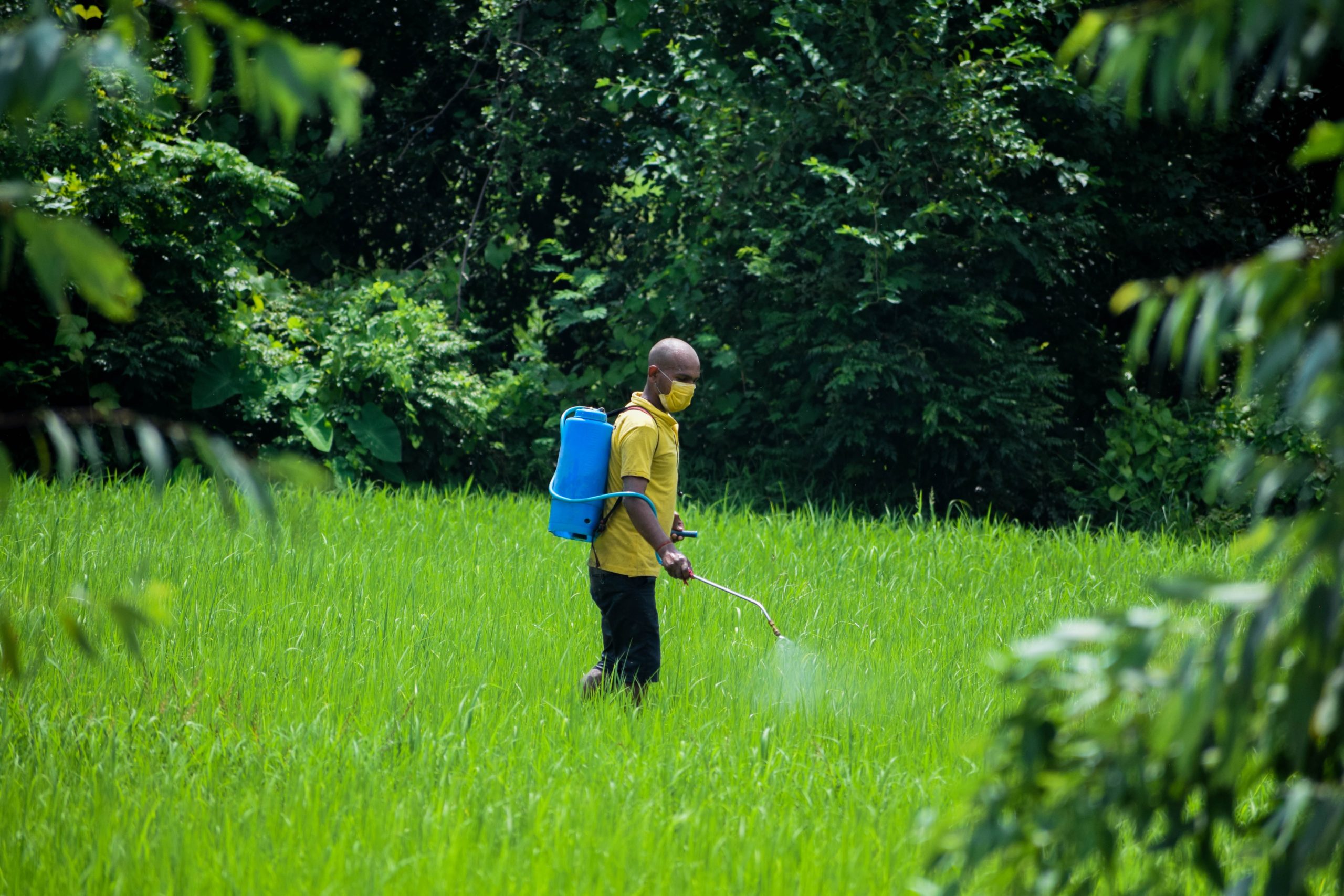Not ten, not even 50, but over 100 species of mole crickets call Planet Earth home. Some cultures treat them as a food delicacy, but they’re a pest in many other places, like the United States.
Mole crickets can be pests because they can damage turf and plants like rice. They can also be noisy, with their loudest recorded song being over 90 decibels. That’s about as loud as a motorcycle!
Sounds familiar?
If so, it might be time to learn more about the best insecticide for mole crickets. We’ll tell you what the top contenders are, so read on.
The Best Insecticide for Mole Crickets
There isn’t one best insecticide for mole crickets. The efficacy of anti-pest chemicals depends on insect activity, weather, and soil conditions. Since these constantly change, using various pest solutions is often necessary.
An example is alternating the following insecticides labeled for mole crickets:
- Neonicotinoids (e.g., imidacloprid or clothianidin)
- Synthetic pyrethroids (e.g., gamma-cyhalothrin or bifenthrin)
- Organophosphates (e.g., trichlorfon)
The above insecticides are available at garden centers and landscape supply stores. You can apply them yourself, but please follow their directions to a T.
For example, most insecticide products advise users to apply them in moist soil.
However, that doesn’t mean applying the insecticide immediately after you water the lawn. This may only cause the chemicals to mix with the excess water and drain away. Aside from being a waste, the runoff can contaminate nearby soil and water formations.
To prevent that, water your lawn for a few days and then apply the insecticide a day or two after. Better yet, hire a pest professional to ensure safe and correct chemical application.
IPM for Mole Cricket Control

Non-insecticide strategies to get rid of crickets include baits and sticky traps. Turning off lights, especially ultraviolet and mercury-vapor lamps, can also keep them away.
Those are some strategies that IPM, which stands for integrated pest management, uses.
IPM combines cultural, biological, mechanical, and chemical pest prevention and control strategies. It can be more effective than insecticides alone to control mole crickets because it aims to:
- Correctly identify the types of crickets you have
- Make properties less attractive to various pests
- Utilize mole crickets’ living natural enemies
- Use correct chemicals to avoid harming beneficial insects
- Limit insecticide use to prevent chemical resistance
Those steps make IPM a more eco-conscious control method for mole crickets. The U.S. EPA also says it provides the most economical way to handle pests. And because it doesn’t rely solely on chemicals, it also reduces potential hazards.
Drive Those Loud Mole Crickets Away
As you learned in this guide, there’s no one best insecticide for mole crickets. Instead, they can be neonicotinoids, synthetic pyrethroids, and organophosphates alternately used. Also, even if they work now, their one-time use alone can’t prevent new populations.
So instead of relying only on chemicals, hire a pest control pro specializing in IPM. IPM is your best, safest bet to drive those loud crickets and other pesky critters away.
For more guides like this, check out the latest posts under our site’s Home section!



